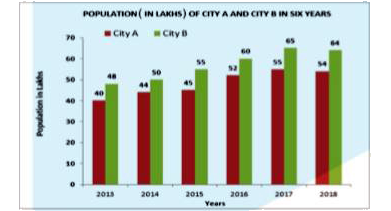If a trait exists in 10% of population of an asexually reproducing species and a triat B exist in 60% of the same population, which trait is likely to have arisen earlier?
Step by step video & image solution for If a trait exists in 10% of population of an asexually reproducing species and a triat B exist in 60% of the same population, which trait is likely to have arisen earlier? by Biology experts to help you in doubts & scoring excellent marks in Class 10 exams.
Related Playlists
- BOOK - MBD -HARYANA BOARDCHAPTER - HEREDITY AND EVOLUTIONEXERCISE - Long Answer Type Questions2videos
HEREDITY AND EVOLUTION
- BOOK - MBD -HARYANA BOARDCHAPTER - CONTROL AND COORDINATIONEXERCISE - EXAMPLE150videos
CONTROL AND COORDINATION
- BOOK - MBD -HARYANA BOARDCHAPTER - HOW DO ORGANISMS REPRODUCE?EXERCISE - EXAMPLE185videos
HOW DO ORGANISMS REPRODUCE?
Similar Questions
If a trait A exists in 10% of a population of an asexually reproducing species and a trait B exists in 60% of the same population, which trait is likely to have arisen earlier?
View SolutionIf a trait A exists in 10% of a population of an asexually reproducing species and a trait B exists in 60% of the same population, which trait is likely to have arisen earlier?
View SolutionIf a trait A exists in 10% of a population of an asexually reproducing species and a trait B exists in 60% of the same population, which trait is likely to have arisen earlier?
View SolutionIf a trait A exists in 10% of a population of an asexually reproducing species and a trait B exists in 60% of the same population, which trait is likely to have arisen earlier.
View SolutionIn 2019 if there is 10% increase in population of city A and 15% decrease in the population in B as compared to that in 2018 ,then the population of city A is what percentage more /less than in B , in that year ? (correct to one decimal places)
 View Solution
View SolutionAssertion Polymorphism is the existence of two or more forms of the same species within the same population
Balanced polymorphism occurs when different forms coexist in the same population in a stable environmentView SolutionIn a city, 40% of the people are illiterate and 60% are poor. Among the rich 10% are illiterate. The % of the illiterate poor population is ?
View Solution10% of Brazil's population migrated to South Affrica 10% of the remaining migrated to America and 10% of rest migrated to Australia. If the female population which was left in Brazil remained only 3,64,500 , Find the population of Brazil city before the migration the female population was half the male population and this ratio did not change after the migration ?
View SolutionThe following graph shows the range of variation among population members for a trait determined by multiple genes.

If this population is subject to stabilizing selection for several generations, which of the distribution is most likely to result ?View SolutionThe given graph shows the range of variation among population members for a trait determined by multiple genes. If this population is subjected to disruptive selection for several generations, which of the following distributions is most likely to result?
 View Solution
View Solution


